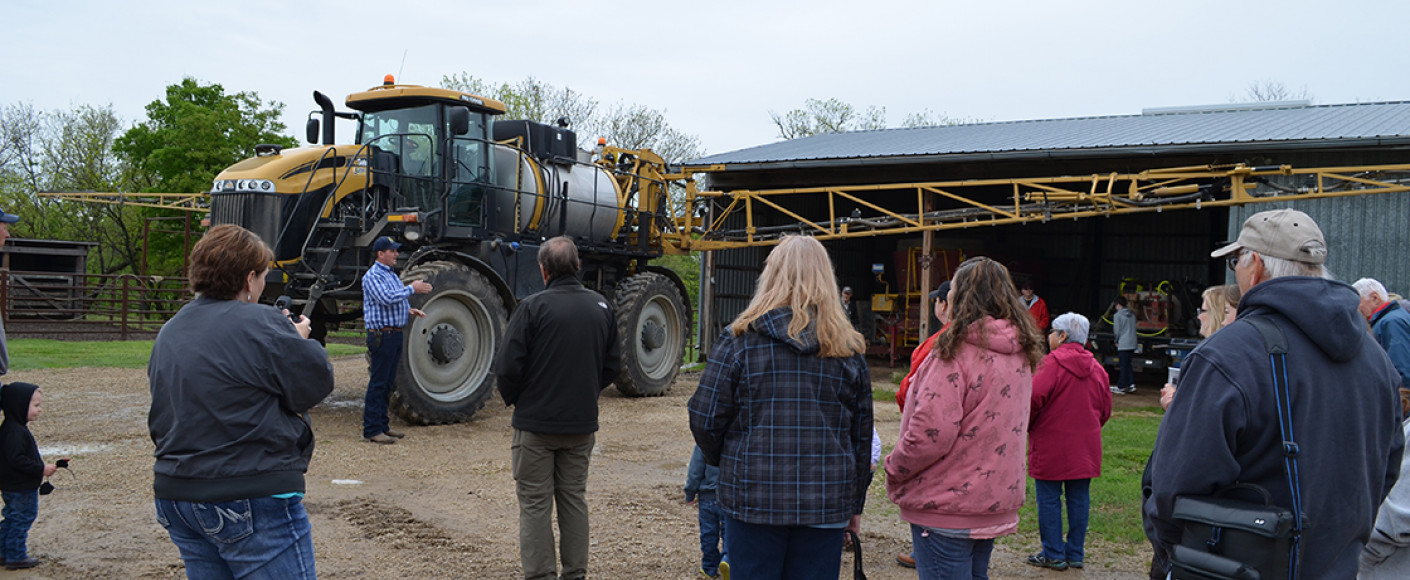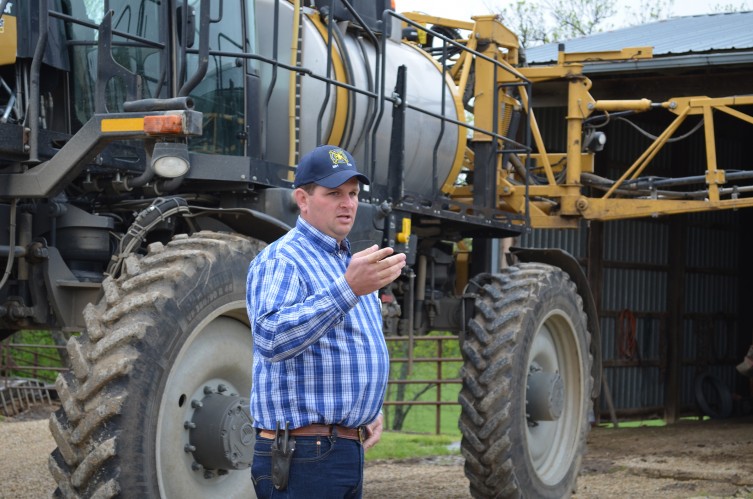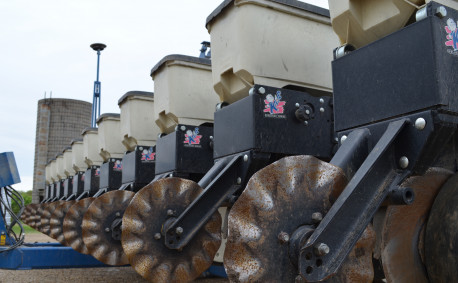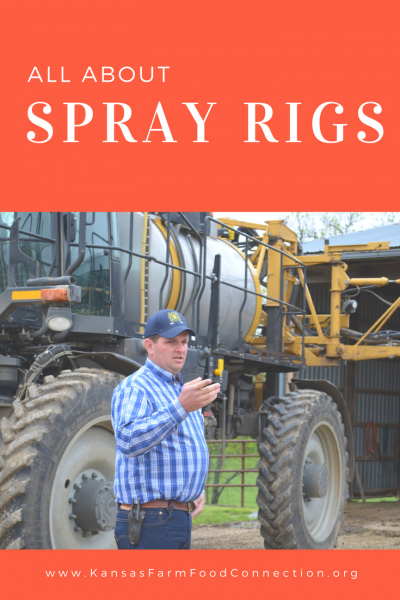Technology on the Farm: Spotlight on Spray Rigs
You’ve probably driven along on county roads and highways and seen farmers on strange skinny-wheeled tractors that are so tall a small car could probably fit under them. Have you ever wondered what those odd things are for? The long metal arms bundled beside them are used to spray fields. You may have even seen these bad boys at work. Have you ever wondered what they were spraying and whether it could be dangerous?
Here’s you’re chance to learn!
Farmers spray pesticides to kill insects that destroy crops, herbicides to kill invasive weeds, and fertilizers to promote better growth and yields at various times of year — all under strictly regulated controls.
That sounds like a lot of chemicals, and it looks like a lot when you see it as you’re zooming down the highway, but did you know that many Americans use more chemicals on their lawns and golf courses than farmers do on an acre of cropland?
What you see being applied to crops is a mixture of chemical and water, and it’s mostly water. The exact ratio can range from one-third to one ounce of chemical for every 20 gallons of water — or, as Jamie Lindamood of Lindamood Ranch in Virgil thinks of it, about one soda can’s worth of chemical per acre.
The equipment is highly specialized and the operators highly skilled — all to keep chemical exposure safe for plants and people.
Smart Technology
Today’s spray rigs have several features that ensure the safe application of pesticides, herbicides, and fertilizers.
- Direct Injection: Some machines come with two separate tanks, one for water and one for the chemicals. This really cool technology mixes the water and chemicals at precisely controlled ratios. The chemicals are injected into the water just before they feed into the long arms of the machine, which are called booms.
- Booms: Booms have separate, independently controlled nozzles, which help ensure the exact right amount of chemicals come out at the right time.
- Sonar: Built into the booms, sonar technology ensures the arms are kept at the correct height to cover the plants, while not wasting any of the mixture.
- GPS: This technology is used to map fields and ensure that chemical is only applied where it’s needed. For example, on a non-uniform row, the GPS can communicate with the boom nozzles so areas without plants won’t be sprayed.
All of these technologies work together to ensure proper application of pesticides, herbicides, and fertilizers.
Highly Skilled Humans
There’s also a highly specialized human element.
The people that operate sprayers have demanding and technical jobs, and the use of ag chemicals is highly regulated. Operators have to analyze, record and report details like wind speed, crop height, time of day, type of chemical being used and the pests being targeted. It requires a lot of tricky calculations and if conditions aren’t favorable for spraying — for instance, on a day with a high Kansas wind — they won’t spray.
Each element works together to help farmers grow food that is safe to eat and safe for the environment, while being as efficient as possible, all to ensure we have healthy people and a healthy Earth.






